Review and Analysis of Anfibio Nano SL packraft
Update (June 2020)
Assuming Russia opens its borders to foreign tourists for summer, I will take Anfibio Nano SL on a long and serious expedition to the mountains of Chukotka.
Introduction
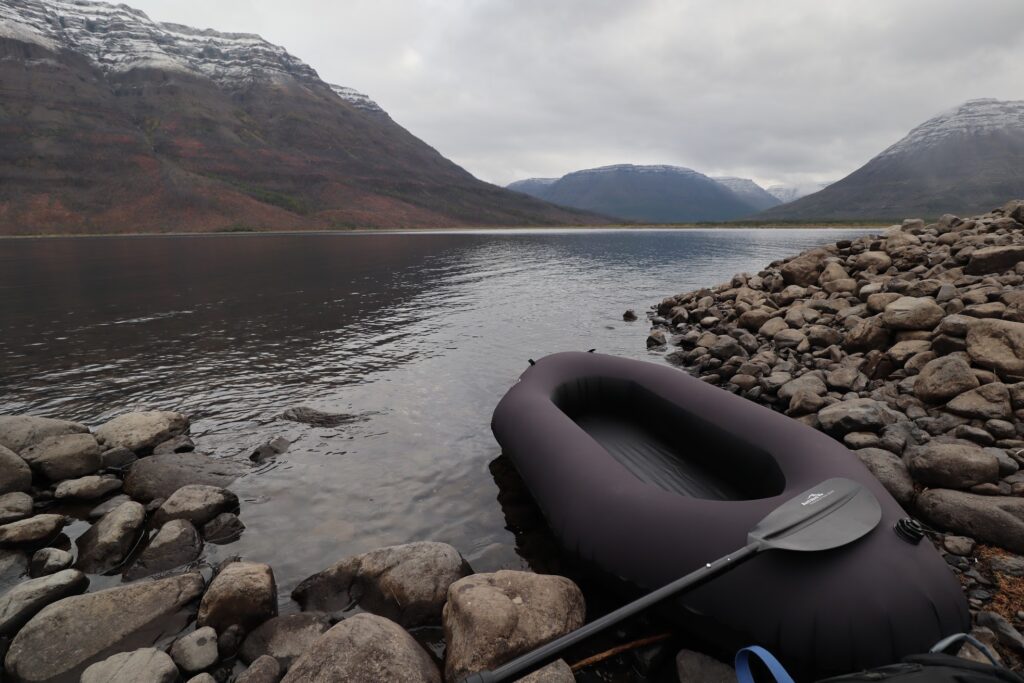
Nano SL is a novel ultralight packraft introduced by Anfibio in 2018. In very short, it offers a remarkable combination of (1) very low weight (830 grams!), (2) no compromises on durability thanks to a very smart, unique design (more details below), and (3) useful functionalities, all in the spirit of ultralight.
The main application of this packraft is support on long expeditions into the wilderness, where some parts will be done on water, for example crossing lakes, floating calms rivers, and similar ones. However, it will be a great support in any other situations that require non motorized transport of the packraft to some place and using it afterwards (e.g., finishing in remote inaccessible areas where one can only get on foot after a hike, support on cycling expeditions, etc.).
I received this packraft to conduct a test during one of my autumn expeditions to the mountains of Siberia. In this report, I provide an overview of the outcome of the test. I also discuss what is – in my view – the best use case for this packraft and why it offers the best available tradeoff between low weight and durability among packrafts.
More technical information is available under the following links:
https://www.packrafting-store.de/Anfibio-Nano-SL::854.html
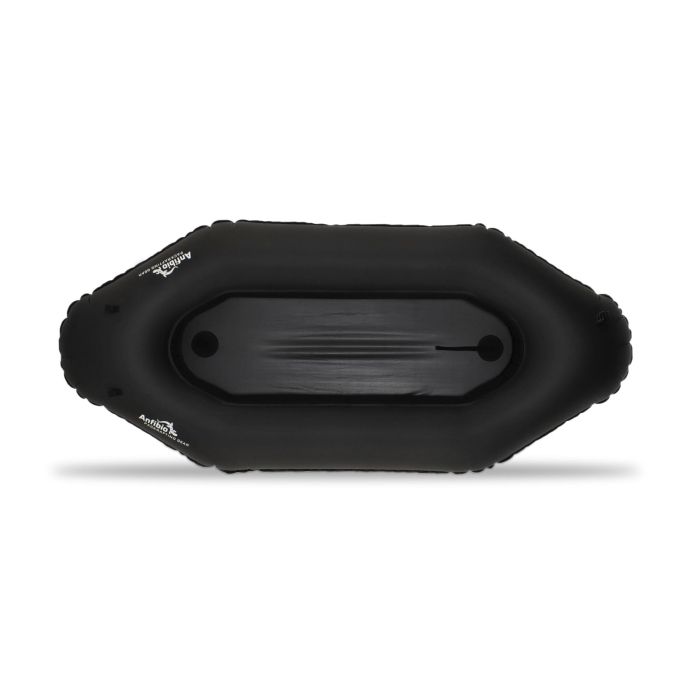
Test Location and Other Details
I tested the packraft during a solo expedition to Putorana Mountains, a very isolated basaltic plateau far north in Siberian Arctic. The expedition combined the elements of trekking, packrafting, and some montaineering. Some highlights:
- The ascent of the second highest (unnamed) peak of Putorana Mountains, effectively the second highest peak of the Central Siberian Plateau; the altitude of the peak is 1621m.
- It was a solo expedition and climb.
- The peak is completely unknown. It took me weeks, if not months, to locate this mountain using Soviet military maps. No photos or any information was/is available elsewhere.
- The peak is located well within the borders of the strict Putorana Nature Reserve. I was probably the first non-Russian who obtained all the necessary permissions to enter this region alone.
- Very tough weather (rain and very high humidity all the time).
- Extremely difficult terrain (basically 95% of the march was over swamps or boulders/stones). A lot of attention at every step required (I broke a trekking pole on the second day). It was the hardest terrain I ever encountered in Siberia so far.
Photos and more information on the expedition can be found here.
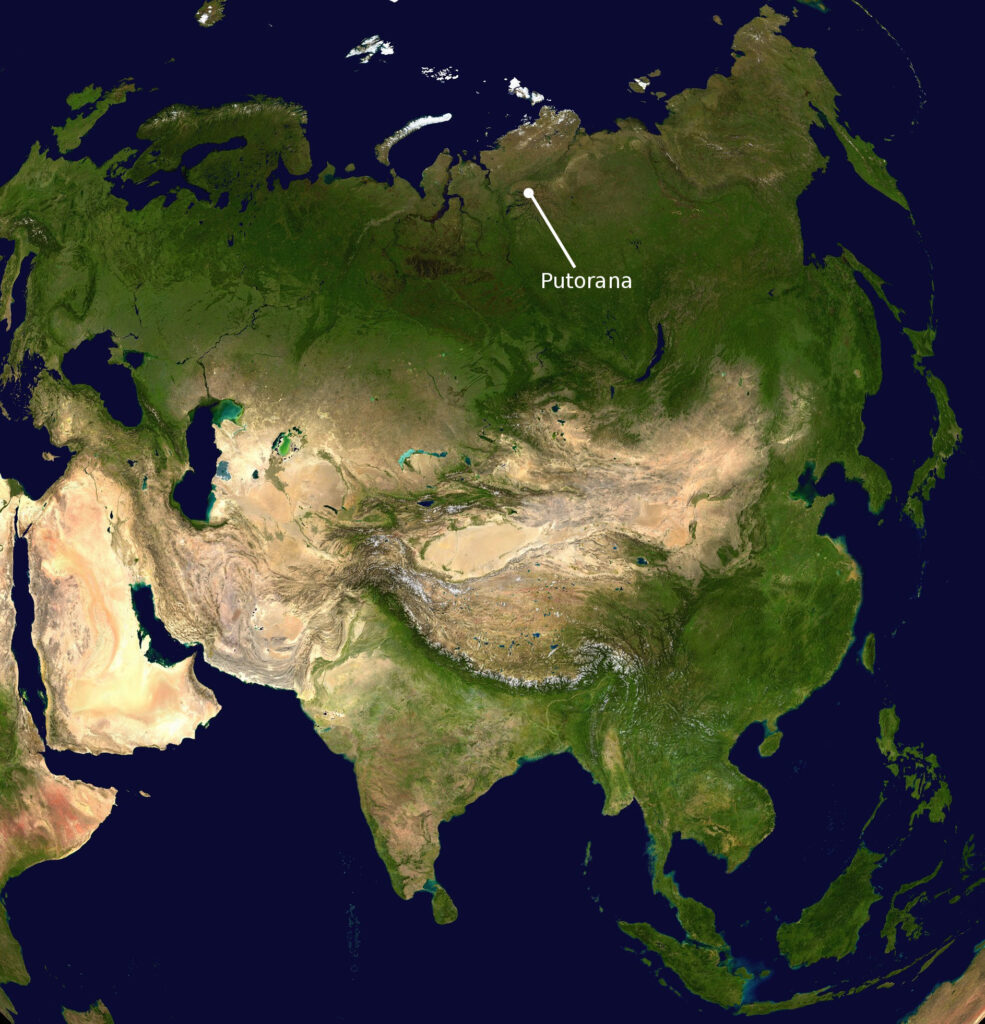
Pros and Advantages
Let us start with the iteration of the most important advantages:
(1) Ultralight. It weights exactly 830 grams. This is the lowest weight you can get, for the offered durability. Only Supai packrafts weight slightly less, but I describe below why they are not the best idea for rugged terrain.
(2) Durable. I used it without paying some special sort of care, and it does hold its own against stones, twigs, and similar things.
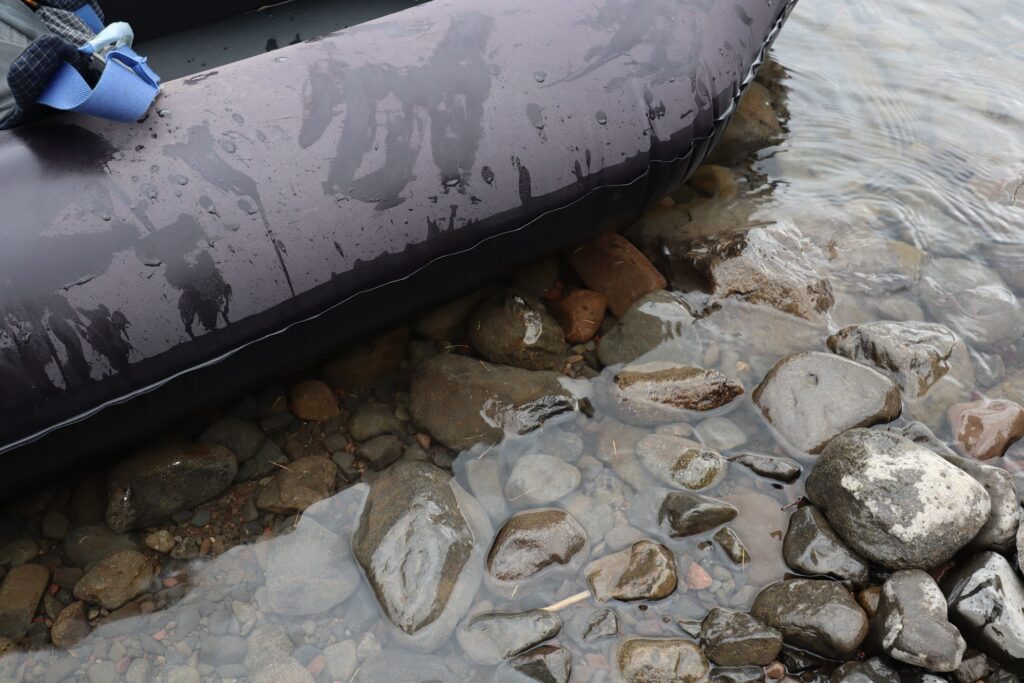
(3) Simple and easy to use in the field conditions. Easy to get in and get out.

(4) Functional. Small additions (such as a handler for carrying) do not add noticeable weight, but increase usability by a lot.
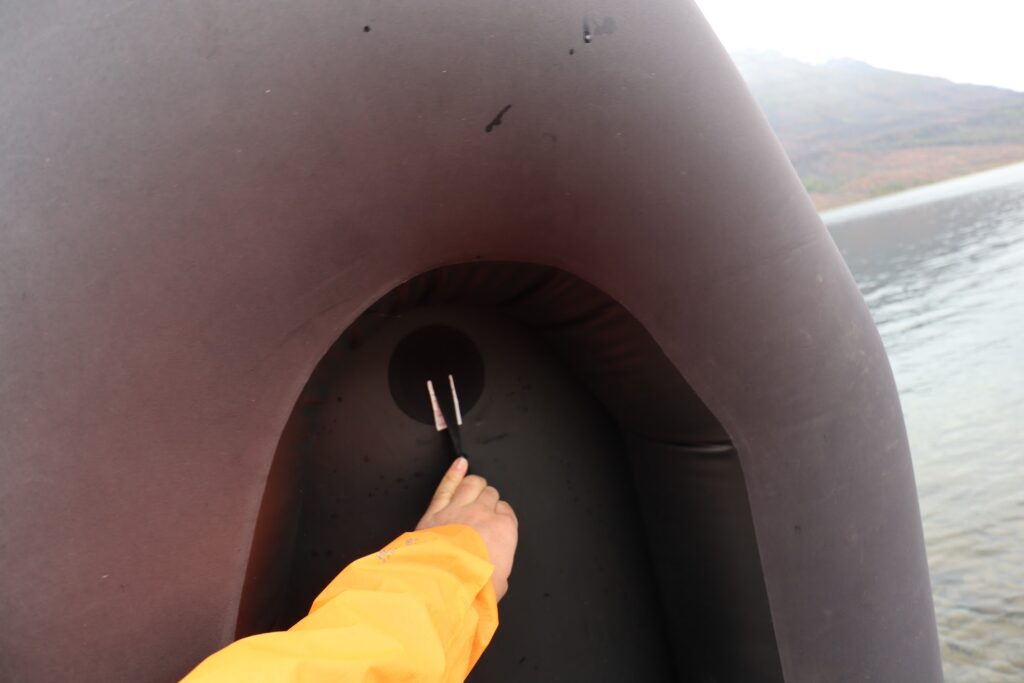
(5) Spacious. It’s very comfortable for even a tall person in terms of the offered space while paddling.
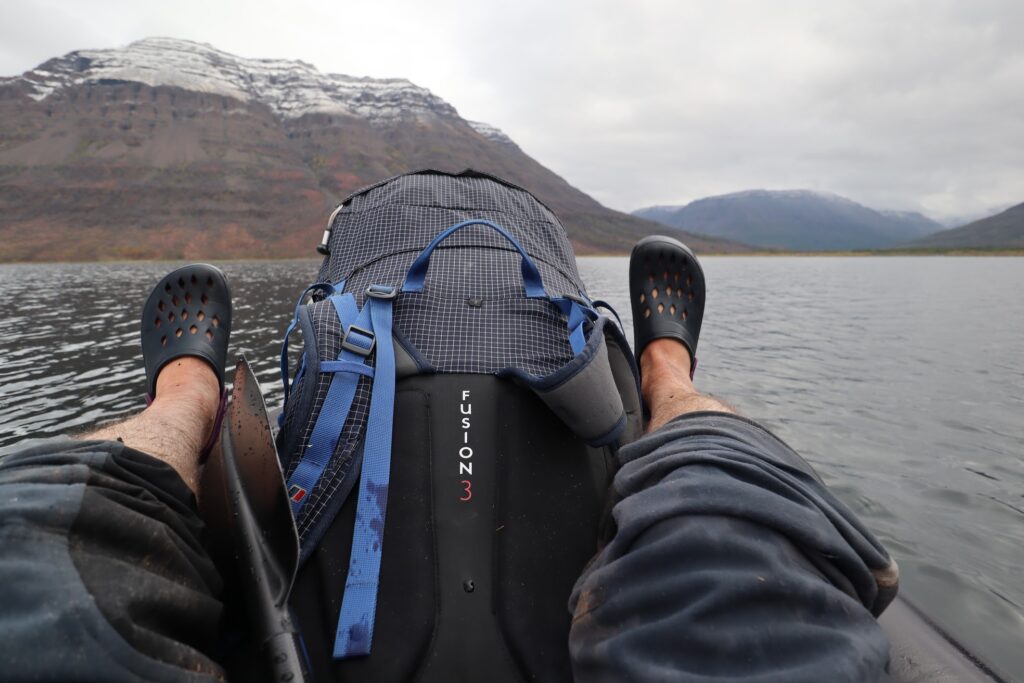
(6) Small when packed. It takes little space when packed.
Best Use Cases and Opening News Possibilities
As mention in the introduction, Nano SL is the best when it comes to:
- Support on trekking expeditions in the wilderness, where there is some water to cross. For example, whenever you would have to go around some lake, or find a shallow part of a river, you can instead take Nano SL and use it whenever necessary. In Putorana, it even helped to avoid going across very dense regions of taiga by simply paddling on a lake.
- Hybrid (trekking + rafting) expeditions. Thanks to Nano’s ultra low weight and high durability, you can easily carry it for hundreds of kilometers, and then use it to float long distances on rivers (or vice versa).
- Fishing, excursions. Even on short hikes (or cycling trips), you can use Nano SL as its low weight will make your day more comfortable.
The bottomline is that Anfibio Nano SL significantly facilitates not just trekking-focused challening expeditions, but also enables combining rafting with trekking, or facilitates more diversified hikes.
Why is Nano SL unique?
The smartness in Nano’s design lies in the fact that it uses a very lightweight variant of Nylon (75D) for the upper part (which is almost never subject to a lot of abrasion and abuse from stones/twigs) and more heavyweight and sturdy material (Nylon 210D) for the bottom, more sensitive part of the packraft. This enables a sweetspot in terms of both low weight and high durability. This feature makes Nano stand out of and outperform other models such as Supai Matkat, Supai Canyon, Klymit Litewater Dinghy, or Alpacka Scout.
Comparison to other lightweight packrafts
Anfibio Nano SL is both stronger than any model fully built from Nylon 75D (e.g., Supai Matkat) and from Nylon 210D (e.g., Klymit Litewater Dinghy), see figure below for an overview. Note that Supai boats are now discontinued, I still include them as comparison baselines.
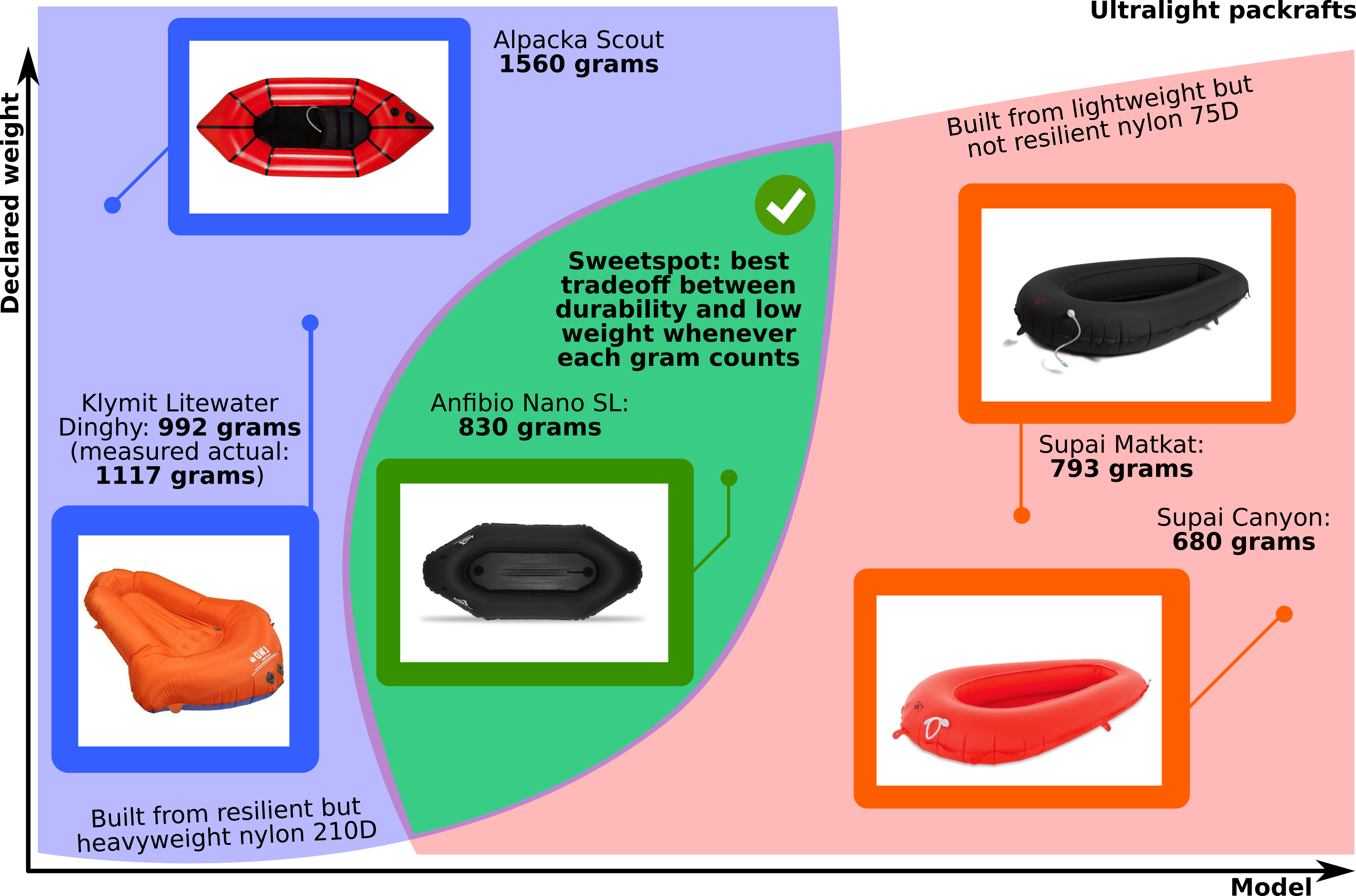
Limitations
Finally, when not to use Anfibio Nano SL? The answer is simple (and the same for any other packraft) – if you plan on any whitewater activities, where rafting difficulties will be beyond I or easy II. This is rather clear – this packraft is built with different applications in mind.
Summary:
Anfibio Nano SL is in my view the best packraft for expeditions that may be partially on water, where low weight is of primary importance, but durability is also relevant. It will also work great in other situations, for example daily fishing hikes in some distant lakes.
Gallery: